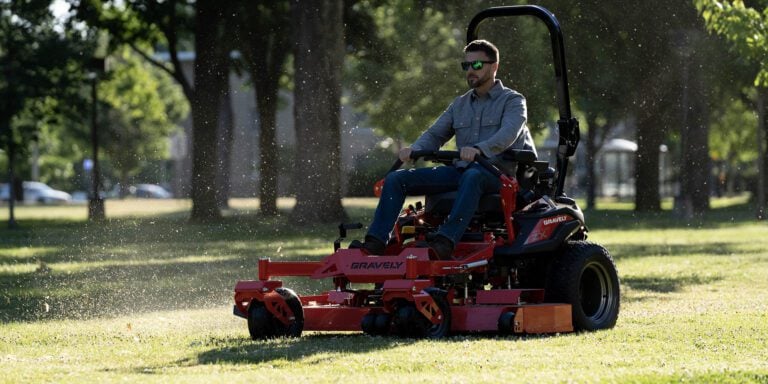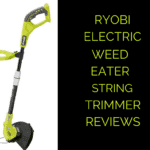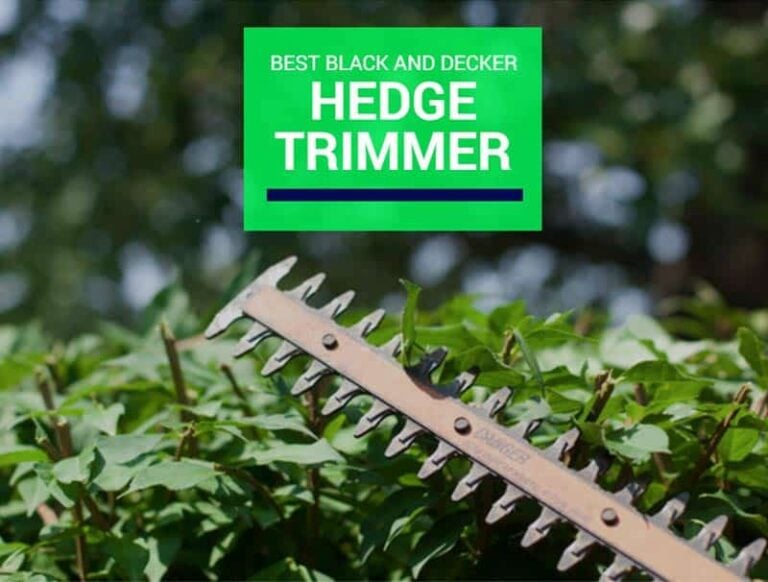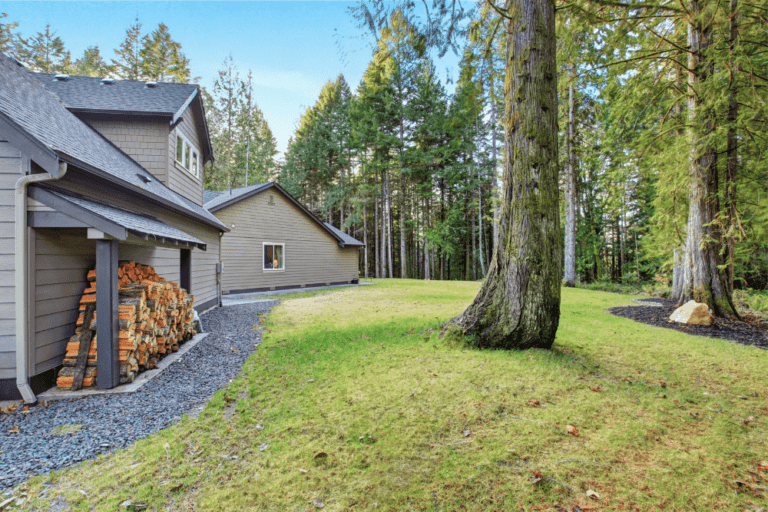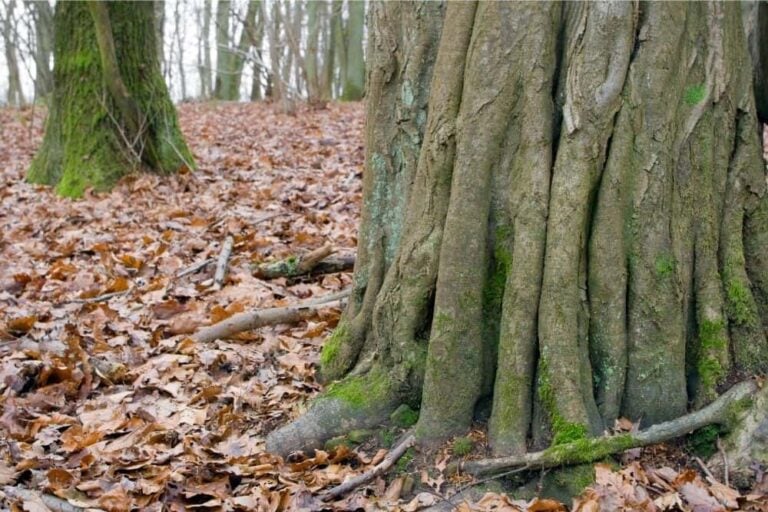Make an Impression with the Best Trees for Front Yards
Our recommendations for the best trees for the front yard are the River Birch Tree and the Natchez Crape Myrtle. We narrowed our choice to two trees that are sure to attract attention, albeit in different ways. For a front yard tree, we opted to choose a tree that acts as a focal point and adds a touch of class to your yard decor. We love these trees for your landscape, but if you want more options, check out the following recommendations.
Our Top Picks for the Best Trees for the Front Yard
[wptb id="8244" not found ]What Makes a Good Tree for the Front Yard?
Just like a pergola or shrub, give some thought to what you want and need in a tree for your front yard. Presumably, you’d prefer an attractive tree that will draw attention and create curb appeal since it won’t be tucked away in the backyard. Think about what that means for you. Do you want a tree with intense color that makes a dramatic statement? Or would you rather opt for a tree with a classy look? Defining a purpose can lead you to the right choice for your yard.
Adding Color
The best tree offers a great way to add some color to your landscaping. You can plant a tree with flowers that complement the color of your home. Also consider the look of the bark, especially if you’re looking at deciduous trees. Your front yard tree can still stand out even during the winter months. Think of the striking bark of the European hornbeam or the mottled bark of the American sycamore.
Other Uses
Most trees can serve multiple uses. Make the most of your choice. If your house has a southwestern exposure, a shade tree makes an excellent pick. It could even help reduce your cooling costs. Also, consider other ways your front yard tree can do double duty. Evergreens like firs and pines can act as a windscreen. A row of arborvitae planted close together provides an unobtrusive shade privacy screen.
How to Choose the Right Tree for Your Front Yard
Now that you have some specifics in mind, let’s turn to the practical matter of choosing a tree. Of course, there are limits to what will work for your location starting with size. While you may adore the look of a towering bur oak, it won’t work if you have power lines running above your site. Likewise, a tree with a massive spread will overwhelm a small yard.
This video from the University of New Hampshire Extension shows you how to plant a tree properly in your yard.
Sun or Shade?
The amount of sunlight your location ranks high on the list of things to know. Some trees like apple or apricot have specific daylight requirements to produce fruit. Others like redbud aren’t as picky. But if your site doesn’t have quite what the tree needs, you should check out some cultivars.
Horticulturists often breed plants to get rid of undesirable characteristics. Some varieties may go into flower later to avoid late spring frosts. Others may have a greater tolerance for shade. You may find one that is a better fit for your site.
Wet or Dry?
Trees that prefer warm, humid conditions will not thrive in cool, dry areas. Remember plants get moisture from both the soil and the air. When it comes to matching a tree with a site, you need to consider both. Arid conditions can stress a tree just as much as a lack of adequate moisture. Minimizing stress is your best defense against pests and disease.
If moisture conditions are variable, you might consider a tree like bald cypress. It can adapt to a broad spectrum of conditions. If heat or drought are an issue, you should pick a tree that can handle these extremes. While you can’t eliminate stress altogether, you can give your tree a fighting chance by selecting one adapted to your local conditions.
High Fertile or Low-Fertile Soils?
Trees depend on the soil to fulfill their nutritional needs. Some trees need soils with high fertility. If your site comes short, you’ll need to amend it to make up for any deficiencies. A soil test will give the information you need to make this determination. Bear in mind that fertilizing isn’t a onetime thing. It’s part of ongoing maintenance for trees that need it.
Hardiness
Just like moisture, winter hardiness is another make-or-break trait. Many trees will not adapt to extreme cold. Not matter where you live, you should know your area’s USDA Hardiness Zone. The zone gives you the lowest temperature for your area based on its climatic history. You’ll find the particular zone for a tree on its label.
The system isn’t perfect for other elements. It is a fair estimation of winter adaptability.
What to Expect When You Plant a Tree
Just like your lawn or garden, your tree will require some routine maintenance. In many ways, these situations are similar. All need reliable moisture and nutrients. And as you regularly mow your lawn, you’ll need to prune your tree. It’s important in the early stages of development. It is your way of ensuring that your tree continues to fit its space while encouraging new growth.
Pest and Disease Control
Pests are a way of life with many trees. For some like fruit trees, it includes the four-legged varieties as well. Your cherry or plum trees will have quite a fight against local deer populations. Disease also presents an issue with some trees. Generally speaking, fast-growing trees are more susceptible to damage. Willows and birches are known for their brittle branches.
Our Recommendations: River Birch Tree and Natchez Crape Myrtle
We placed a high value on an attractive tree. It is your front yard after all. We also wanted a tree that is hardy and tolerant of a variety of conditions. Our hope was that our front yard tree would stay healthy. Along with hardiness, we leaned toward low-maintenance trees. It was our desire that they’d always look their finest at their place of honor in our front yard.
The River Birch Tree is a stately tree with a commanding presence. It can reach heights up to 60 feet with a spread of 40 feet. It’s an excellent choice for Zones 4 through 9. Its handsome cinnamon-color bark makes it an attractive front yard tree even in the winter. We also liked the fact that it is highly adaptable to a variety of environmental conditions.
The Natchez Crape Myrtle is such a pretty tree. Its beautiful white flowers persist throughout the season for a welcome splash of color. We liked the fact that this tree has several other uses such as privacy screen and bird cover. Like the river birch, it has lovely mottled bark, so it offers year-round color as a bonus.
Choosing a tree for your front yard is an opportunity to add some pop to your landscaping. To get the most out of your investment, consider the other functions a tree can serve such as a focal point or privacy screen. When you find the right match, you’ll have a tree that will add value and beauty to your front yard.
Photo by emetzner130 licensed under CC0.

